Advice to save near-dead potted Tree Philodendron (P. bipinnatifidum)?
ash1970_gw
last year
last modified: last year
Featured Answer
Sort by:Oldest
Comments (11)
ash1970_gw
last yearlast modified: last yearRelated Discussions
Philodendron midlife crisis
Comments (19)Petrushka, they seem pretty reluctant to branch. Except perhaps with extreme events. I had a very tall P. lacerum up high in a coconut. Lightning struck that coconut plus 5 others nearby. The coconuts were cooked (reddish brown ooze seeping out of the trunks) and the stem of the P. lacerum was jellified. But strangely enough there were signs of shoots in some of the leaf axils that seem to have survived. Only 2 of those ended up surviving to today (about 5 years after the lightning) but they're still very small, about 20 cms stems. They must have been already developing before the lightning strike, but no idea how the current passed down the main Philo. stem and by-passed them. I've found that sometimes when a (Philo) vine is covered with mulch new shoots are produced in the leaf axils. Although, when I had a 4 metre long stem (from a fallen tree) I laid it on the ground in a mostly shady spot thinking I'd get a whole lot of new plants from each leaf axil. The growing tip rocketed off, the rest of the stem rotted. So, I mainly rely on outright cuttings, greater chance of success. There's a few where I've placed the pot at the base of a tree and when the plant get up a metre or two I cut it away and let the base in the pot resprout. And just recently I cut a gap half way through the stem of a P. lacerum and will see in time whether it branches, or just heals. Yes, that Philo in the last photo is a Tree Philo, P. bipinnatifidum. They're one you can't grow from cuttings, unless the "cutting" already has established roots. But there's no reason the small plant/ground cover around it would be harming it....See MoreBroken side shoot, tree philodendron
Comments (21)now i just air-layer the tip in moist long fiber sphag: the aerial roots near the tip are still white or i see little white root nubs. these grow very fast if wrapped in cling wrap with moist sphag. it needs to stay moist. a couple of weeks (at most 1 month if in winter) and i can pop the tip off. this way i do not loose the leaves. i lay it on the side to let the cut dry up and callous with roots still wrapped in sphag for a week or so. then it can be potted. i dust the cut with fungiside and wrap it with a bit of coir to keep direct contact with moist soil: it can still mildew otherwise. sometimes i lay it in shallow tub with mix with the tip sticking out sideways dry in the air. and grow it it like that until established. then i plant it vertically....See Morebachelor seeking advice for failing meyer lemon tree
Comments (73)UPDATE 2019! Hey everyone, happy new year! You guys are still my special community of help and advice that I always think of when I am around my tree! I have since brought my tree down to my parents house in South Carolina. Being a bachelor (still) I had to move into several different apartments in Nashville since that post, none of which would be suitable for my baby to thrive in! My parents also have adopted her and done an excellent job helping raise her as my dad loves loves loves lemons in all of the water that he drinks. It had a great summer - they brought it outside and kept it in full sun - it grew to become a large leaf bearing tree that the kids love to “pretend water” with toy cups and boats full of water. Now it has been brought in for the winter and it has grown so many lemons - I’ve been anxiously waiting for them to start turning yellow. Over thanksgiving it appeared that some of them were beginning to turn yellow at the base of the fruit. I was hopeful that this January they would turn full yellow and I could come and pick a few. Here is the sad news. It has been dropping leaves consistently. It still is blooming. My dad and i think that it is due to over watering. Then i just found out from my dad that after Christmas it got a spider mite infestation. My dad sprayed it with some pesticide and he thinks the spiders are all dead. I’m attaching a photo of what he used. Again, just wanted to update you guys. Last year we got lemons and it was incredible to see where this tree had come from. I think I might have to name her Lazarus! Never would have saved her with yalls help. What do y’all think of the current state the tree is in? What do you think of the spider mite infestation? Any advice would ALWAYS be so helpful!! Forever grateful, Jamie...See Morelooking for an advice for a lemon tree
Comments (15)Some of what I'll post are replies I've left on other threads and decided to save as a document because the topic so frequently arises; so, if you might see some info that seems just a bit off topic. both of them are in the pots that drain That's good. i water it every other day, because it dryes every other day. I suggest you stop depending on a finger or a cursory glance at the top of the soil to determine when watering is appropriate. Even when the top couple of inches looks/feels completely dry, the soil deeper in the pot can be 100% saturated. You need to be able to assess what the moisture content of soil deep in the pot is. The best way to do that is by using a "tell". Using a 'tell' Over-watering saps vitality and is one of the most common plant assassins, so learning to avoid it is worth the small effort. Plants make and store their own energy source – photosynthate - (sugar/glucose). Functioning roots need energy to drive their metabolic processes, and in order to get it, they use oxygen to burn (oxidize) their food. From this, we can see that terrestrial plants need air (oxygen) in the soil to drive root function. Many off-the-shelf soils hold too much water and not enough air to support good root health, which is a prerequisite to a healthy plant. Watering in small sips leads to a build-up of dissolved solids (salts) in the soil, which limits a plant's ability to absorb water – so watering in sips simply moves us to the other horn of a dilemma. It creates another problem that requires resolution. Better, would be to simply adopt a soil that drains well enough to allow watering to beyond the saturation point, so we're flushing the soil of accumulating dissolved solids whenever we water; this, w/o the plant being forced to pay a tax in the form of reduced vitality, due to prolong periods of soil saturation. Sometimes, though, that's not a course we can immediately steer, which makes controlling how often we water a very important factor. In many cases, we can judge whether or not a planting needs watering by hefting the pot. This is especially true if the pot is made from light material, like plastic, but doesn't work (as) well when the pot is made from heavier material, like clay, or when the size/weight of the pot precludes grabbing it with one hand to judge its weight and gauge the need for water. Fingers stuck an inch or two into the soil work ok for shallow pots, but not for deep pots. Deep pots might have 3 or more inches of soil that feels totally dry, while the lower several inches of the soil is 100% saturated. Obviously, the lack of oxygen in the root zone situation can wreak havoc with root health and cause the loss of a very notable measure of your plant's potential. Inexpensive watering meters don't even measure moisture levels, they measure electrical conductivity. Clean the tip and insert it into a cup of distilled water and witness the fact it reads 'DRY'. One of the most reliable methods of checking a planting's need for water is using a 'tell'. You can use a bamboo skewer in a pinch, but a wooden dowel rod of about 5/16” (75-85mm) would work better. They usually come 48” (120cm) long and can usually be cut in half and serve as a pair. Sharpen all 4 ends in a pencil sharpener and slightly blunt the tip so it's about the diameter of the head on a straight pin. Push the wooden tell deep into the soil. Don't worry, it won't harm the root system. If the plant is quite root-bound, you might need to try several places until you find one where you can push it all the way to the pot's bottom. Leave it a few seconds, then withdraw it and inspect the tip for moisture. For most plantings, withhold water until the tell comes out dry or nearly so. If you see signs of wilting, adjust the interval between waterings so drought stress isn't a recurring issue. the mix i bought is four foliaceous plants. Soil choice is one of the decisions that have a huge impact on how much of their genetic potential (for vitality, growth, appearance, .....) your plants will be able to realize. My personal thoughts on what delineates between a good soil and a not so good soil is weather or not you can water that soil to beyond the point of saturation w/o having to worry the soil will remain saturated so long it wrecks root health and root function. Of all the aspects that go into making up your growing experience, there is more traction to be gained by getting the soil right than anything else I can think of; so, if you're serious about increasing your proficiency at growing in containers, I urge you to consider setting some time aside to gain and understanding of how to get your soil to work FOR you, instead of at cross purposes. Just as a point of reference, this is what I use for all my trees and other woody plants, succulents, and almost all houseplants: Yes i fertilize them with some kind of fertilize sticks i do it every 6 months. How to fertilize efficiently is very difficult when you can't water correctly, and you have very little to no control over how much fertilizer your plants get when you put a year's worth of fertilizer in your pot (the sticks), then wait for it to dissolve. I sprayed both plants soil because some tiny flyes startded appearing on the soil or from the soil i dont know really but they are gone. Probably fungus gnats.What did you use? And yes pots sits in the effluent. In the piece below, you'll learn why it's not good to allow your plants ti sit in effluent. In brief, the reasons are two. It ensures the soil remains soggy for an extended period; and, it ensures that the salts that are flushed from the soil have a pathway back into the soil. Your pot should be above the highest level the effluent will reach. Here is one way to ensure there is no pathway by which the effluent can make way back into the soil. ps. what does it mean flushing your soil? Flushing Soils Water-retentive soils that can't be flushed during our regular water applications need to be flushed regularly to ensure salts from tap-water and fertilizer solutions aren't accumulating in the soil and limiting the plant's ability to take up water. To flush the soil of a planting: Water with room temperature water until the soil is completely saturated. Allow the planting to rest for 15 minutes to an hour to allow as much of the salt accumulation as possible to go into solution, then pour a volume of room temp water equal to at least 10X the volume of the pot the plant is in slowly through the soil. This will remove most of any accumulation of offending salts and resolve any skewing of nutrient ratios. It's a good idea, no matter what time of year, to fertilize most plants immediately after flushing the soil. Try to be sure you're using a fertilizer that has a ratio as close as possible to the ratio at which the plant uses nutrients. The NPK % listed on fertilizer packaging is not its ratio. 7-7-7 and 14-14-14 are 1:1:1 ratios. 9-3-6, 12-4-8, and 24-8-16, are all 3:1:3 ratios. Container growers should try very hard to avoid use of fertilizers advertised as 'bloom-boosters', or any number with a middle number (Phosphorous) higher than either the first or third numbers (Nitrogen or Potassium). These fertilizers can badly skew nutrient ratios with even the first application). On average, plants use about 6x as much N as P, so there is NO potential for a positive outcome when supplying many times as much P as the plant requires. I, and a large number of other members, use Dyna-Gro's Foliage Pro 9-3-6. It's designed to closely mimic the uptake ratio of the average plant, and has many other attributes not commonly found in other fertilizers. It also has ALL of the nutrients essential to normal growth. Summarized, it makes fertilizing as easy as it can be, and from 1 container. Al...See Moreash1970_gw
last yeartapla (mid-Michigan, USDA z5b-6a)
last yearlast modified: last yearash1970_gw thanked tapla (mid-Michigan, USDA z5b-6a)ash1970_gw
last yearlast modified: last year
Related Stories
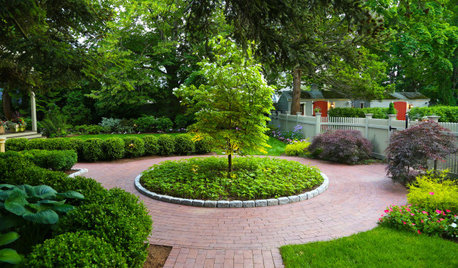
GARDENING GUIDESWhen and How to Plant a Tree, and Why You Should
Trees add beauty while benefiting the environment. Learn the right way to plant one
Full Story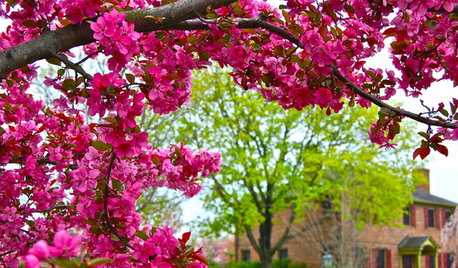
FALL GARDENING6 Trees You'll Fall For
Don’t put down that spade! Autumn is the perfect time for planting these trees
Full Story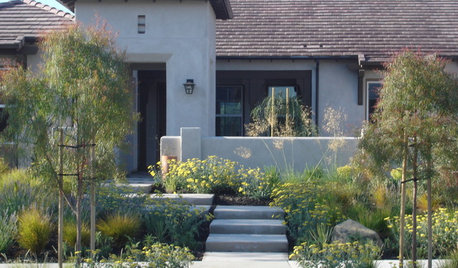
LANDSCAPE DESIGNGet Along With Less Lawn — Ideas to Save Water and Effort
Ditch the mower and lower your water bill while creating a feast for the eyes with diverse plantings and gathering places
Full Story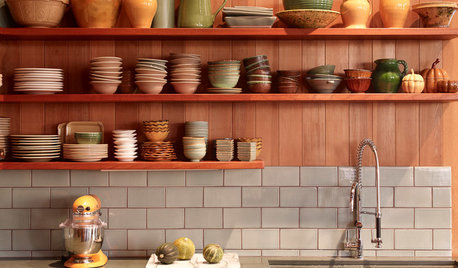
KITCHEN CABINETS9 Ways to Save Money on Kitchen Cabinets
Hold on to more dough without sacrificing style with these cost-saving tips
Full Story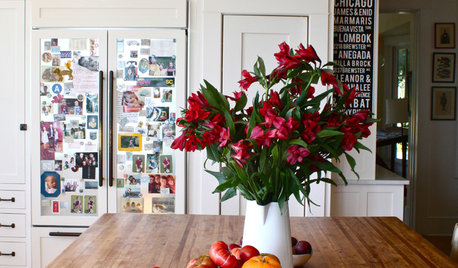
DECORATING GUIDES10 Design Tips Learned From the Worst Advice Ever
If these Houzzers’ tales don’t bolster the courage of your design convictions, nothing will
Full Story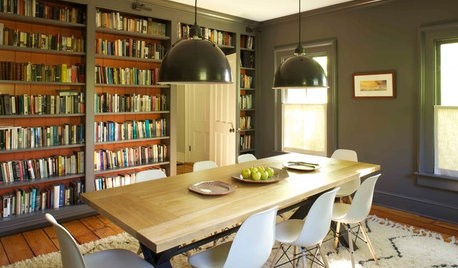
DECORATING GUIDES12 Deadly Decorating Sins
Are your room designs suffering from a few old habits? It may be time to change your ways
Full Story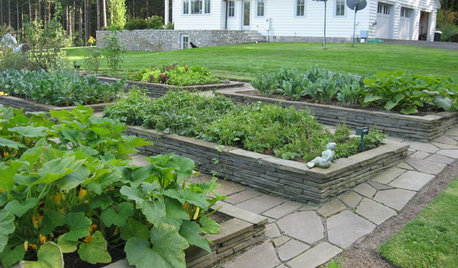
LANDSCAPE DESIGNThese 4 Planting Strategies Can Save You Money
Use seeds, plugs and more to keep costs down as you fill out your garden
Full Story
CHRISTMASReal vs. Fake: How to Choose the Right Christmas Tree
Pitting flexibility and ease against cost and the environment can leave anyone flummoxed. This Christmas tree breakdown can help
Full Story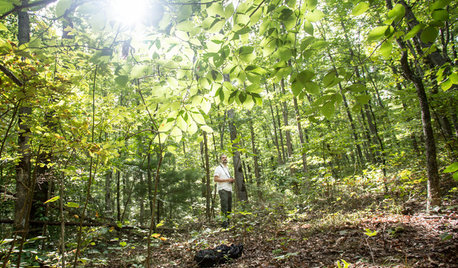
MOST POPULARSpringtime Gardening: Begin by Listening to Trees
A biologist and author shows how open senses and lively curiosity can guide our work in the landscape and garden
Full Story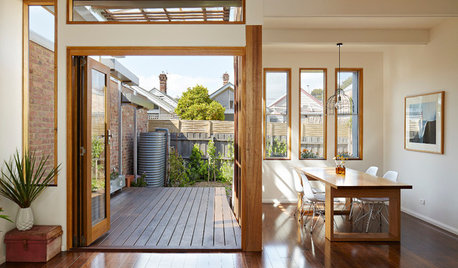
SAVING WATER11 Ways to Save Water at Home
Whether you live in a drought-stricken area or just want to help preserve a precious resource, here are things you can do to use less water
Full Story


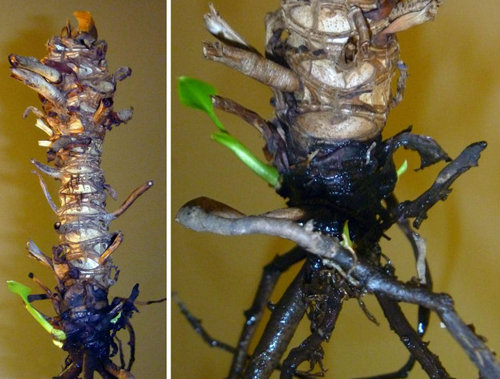
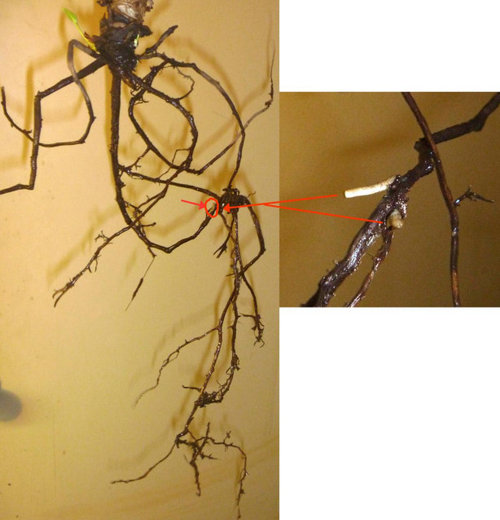
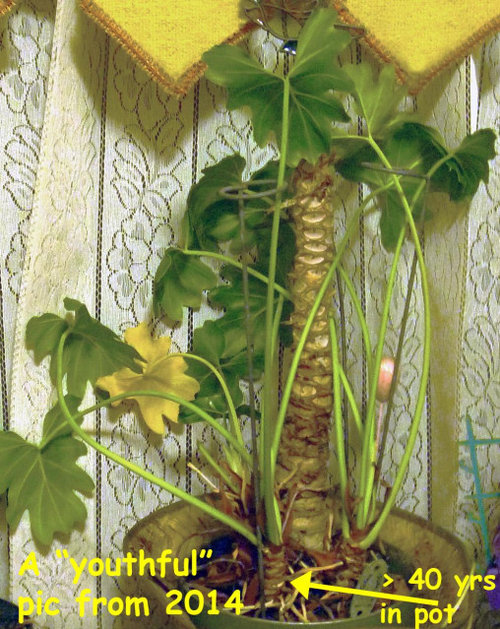

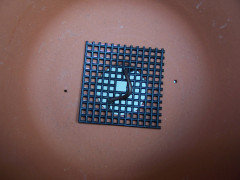
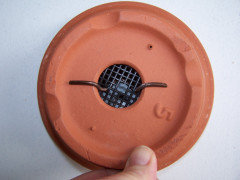

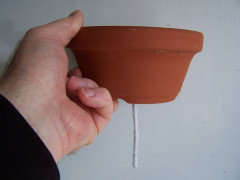

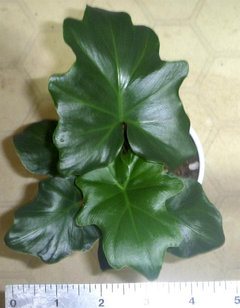
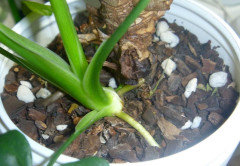
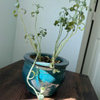
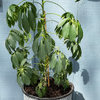
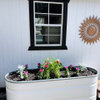
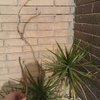
ash1970_gwOriginal Author